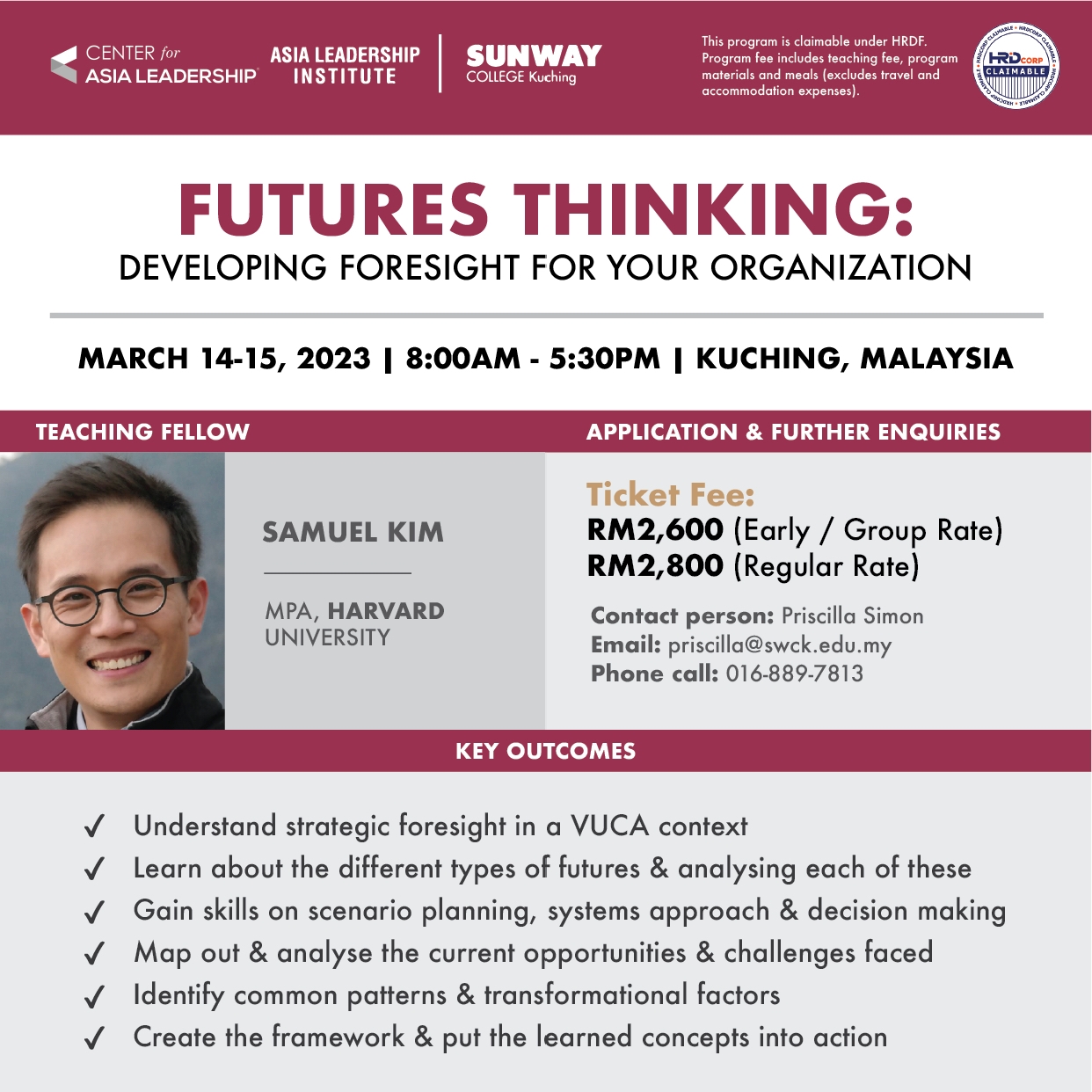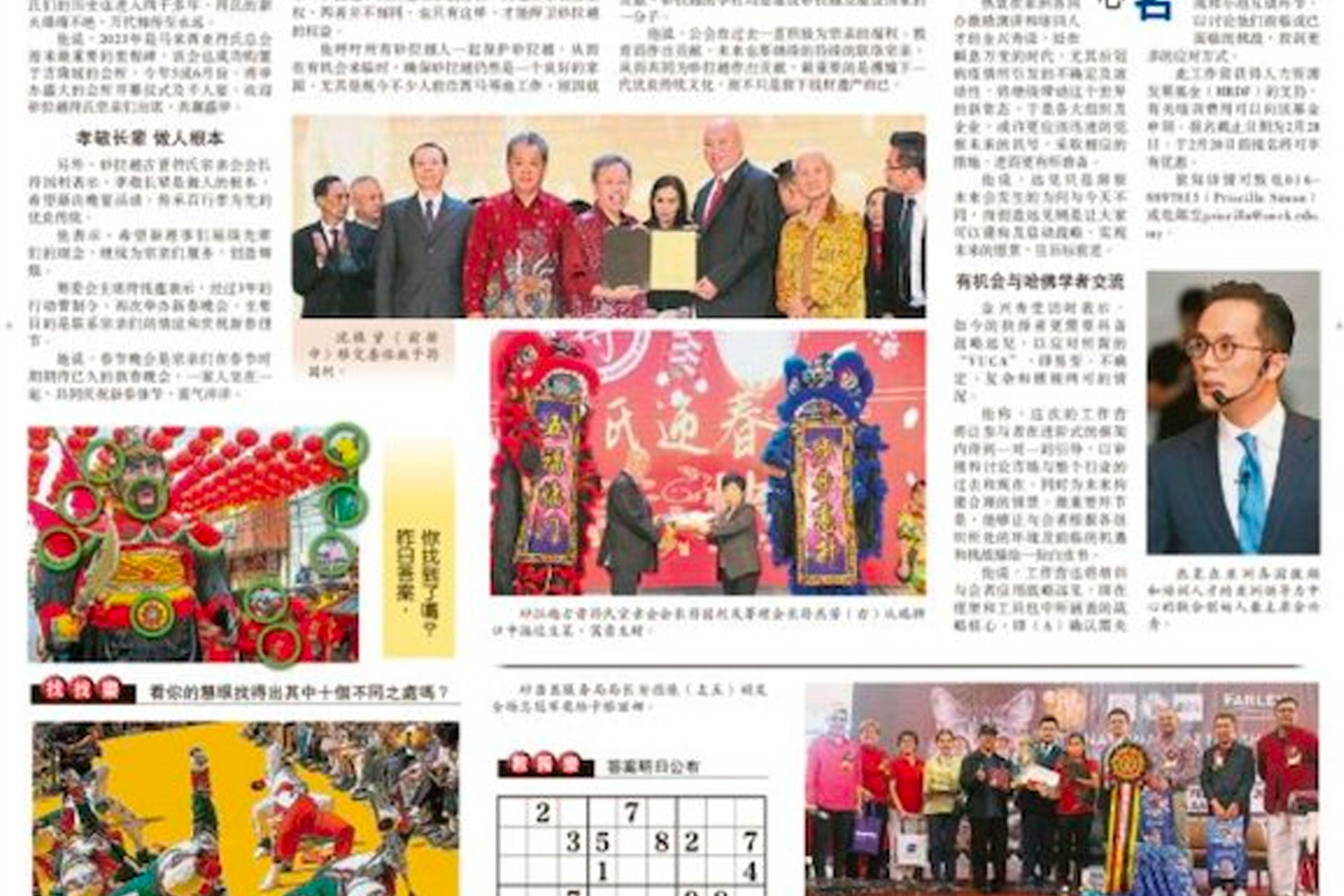[fusion_builder_container hundred_percent=”no” equal_height_columns=”no” menu_anchor=”” hide_on_mobile=”small-visibility,medium-visibility,large-visibility” class=”” id=”” background_color=”” background_image=”” background_position=”center center” background_repeat=”no-repeat” fade=”no” background_parallax=”none” enable_mobile=”no” parallax_speed=”0.3″ video_mp4=”” video_webm=”” video_ogv=”” video_url=”” video_aspect_ratio=”16:9″ video_loop=”yes” video_mute=”yes” video_preview_image=”” border_size=”” border_color=”” border_style=”solid” margin_top=”” margin_bottom=”” padding_top=”” padding_right=”” padding_bottom=”” padding_left=””][fusion_builder_row][fusion_builder_column type=”1_1″ layout=”1_1″ spacing=”” center_content=”no” hover_type=”none” link=”” min_height=”” hide_on_mobile=”small-visibility,medium-visibility,large-visibility” class=”” id=”” background_color=”” background_image=”” background_position=”left top” undefined=”” background_repeat=”no-repeat” border_size=”0″ border_color=”” border_style=”solid” border_position=”all” padding=”” margin_top=”” margin_bottom=”10″ animation_type=”” animation_direction=”left” animation_speed=”0.3″ animation_offset=”” last=”no”][fusion_title margin_top=”0″ margin_bottom=”25″ hide_on_mobile=”small-visibility,medium-visibility,large-visibility” class=”” id=”” size=”3″ content_align=”left” style_type=”default” sep_color=””]
The Desires and Frustrations of Young Asians
[/fusion_title][fusion_title margin_top=”0″ margin_bottom=”25″ hide_on_mobile=”small-visibility,medium-visibility,large-visibility” class=”” id=”” size=”5″ content_align=”left” style_type=”default” sep_color=””]
by Paul Yoo
[/fusion_title][/fusion_builder_column][/fusion_builder_row][/fusion_builder_container][fusion_builder_container hundred_percent=”no” equal_height_columns=”no” menu_anchor=”” hide_on_mobile=”small-visibility,medium-visibility,large-visibility” class=”” id=”” background_color=”” background_image=”” background_position=”center center” background_repeat=”no-repeat” fade=”no” background_parallax=”none” enable_mobile=”no” parallax_speed=”0.3″ video_mp4=”” video_webm=”” video_ogv=”” video_url=”” video_aspect_ratio=”16:9″ video_loop=”yes” video_mute=”yes” video_preview_image=”” border_size=”” border_color=”” border_style=”solid” margin_top=”” margin_bottom=”” padding_top=”” padding_right=”” padding_bottom=”” padding_left=””][fusion_builder_row][fusion_builder_column type=”1_1″ layout=”1_1″ spacing=”” center_content=”no” hover_type=”none” link=”” min_height=”” hide_on_mobile=”small-visibility,medium-visibility,large-visibility” class=”” id=”” background_color=”” background_image=”” background_position=”left top” background_repeat=”no-repeat” border_size=”0″ border_color=”” border_style=”solid” border_position=”all” padding=”” dimension_margin=”” animation_type=”” animation_direction=”left” animation_speed=”0.3″ animation_offset=”” last=”no”][fusion_text]
The following is an excerpt from the chapter, “The Desires and Frustrations of Young Asians”, by Paul Yoo, from the CALI Press-published book, Experiencing Asia: New Perspectives. Paul is a former Asia Leadership Trekker, alumnus of the Harvard Graduate School of Education, and is currently a Project Associate at the Rand Corporation. The chapter was written after the Asia Leadership Trek in January 2014, juxtaposing his experiences and conversations with young Asians in Hong Kong and Seoul.
“Hongkies” and Mainlanders
Our student guide characterized rich mainlanders as unfairly “taking” things in Hong Kong, including the already-limited “spots” in Hong Kong’s prestigious universities. He noted that other students at the school had also observed this trend. I asked ask how he and other locals nationally identify themselves.
He was quite clear in his position: distinctly “Hongkie.”
“We are different from mainland China,” he said. Although he was meek in his demeanor, I sensed a definite undercurrent of resentment. Another student ambassador from the same school had a peculiar reaction to his statement. Her head swayed and sank slightly, and her eyes blinked—quick and arrhythmic. It was the kind of timid surprise you express when you hear something controversial and are not sure how to respond. Raising an eyebrow, she gave him a quizzical look.
“Yeah, Hongkie,” he responded verbally.
She was, I learned later, from mainland China. I don’t know whether they knew each other’s regional identity, but the awkward moment I had witnessed suggested the sensitivity of the issue. A poll in 2013 found that 55.8 percent of Hong Kong citizens in the 18-to- 29 age group identified themselves with Hong Kong, as opposed to China. This is greater than the overall average of 38 percent. Exclusive identification with Hong Kong has increased over the years: there appears to have been a big shift in the Hongkies’ sentiments.
It is not difficult to imagine that when Hong Kong was colonized by the British in the mid-1800s, Chinese people residing in Hong Kong desired to retain their identity as Chinese. Reluctantly, however, they submitted allegiance to the Queen, mostly by default. Over time, their old attachment to mainland China subsided; along with a political shift came an ideological shift, and eventually the natives of Hong Kong enjoyed great economic prosperity.
Thus Hong Kong became a very different place…
[/fusion_text][/fusion_builder_column][/fusion_builder_row][/fusion_builder_container]

